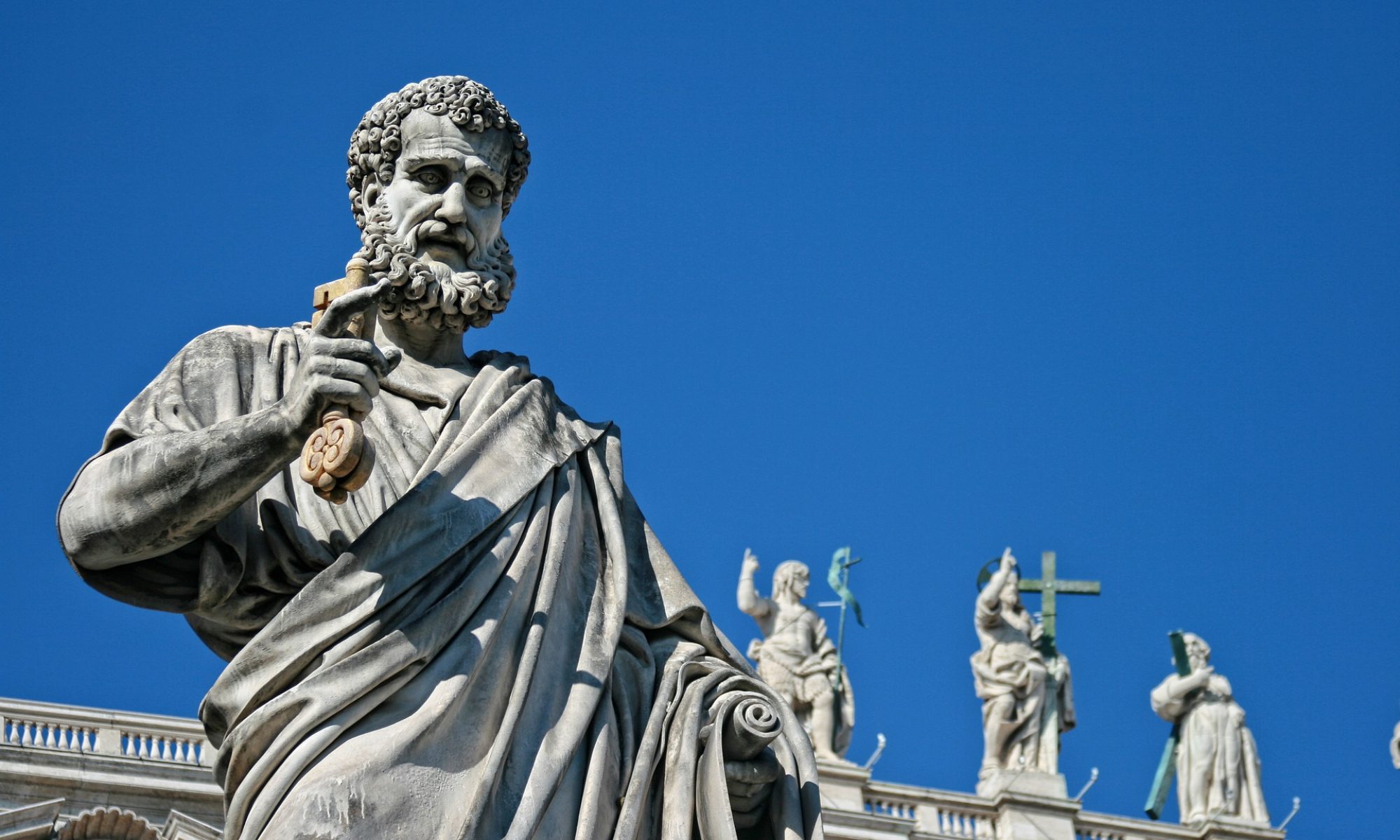December 1st, 2015
Two sessions in two consecutive years (2014 and 2015). Two full months of intensive discussions among Catholic bishops gathered in Rome from around the world. Several controversies between conservative and progressive voices discussing the state of the family in today’s world and, more specifically, whether or not to admit divorced and remarried Catholics to communion. Now that the Synod is over and its Relatio Finalis (Final Report) was voted and released,[1] it is finally possible to ask the question: What was its outcome?
Letter Vs Spirit
The answer comes from the mouth of the Pope himself. At the end of the Synod he delivered a speech that provides his interpretation of the document. A closer look reveals that his approach to the text is actually an overall framework of his papacy. Referring to a language used by Paul (e.g. 2 Corinthians 3:6) and Origen (e.g. On First Principles 4,2,4), the Pope pitted the “letter” against the “spirit” of any given official teaching.[2] One the one hand, the “letter” of canon law is rigid and protective; on the other, the “spirit” of the same teaching needs to be elastic and embracing.
According to Pope Francis, there are those who want to defend the “letter” in the attempt to safeguard its purity and definitiveness. If this happens, the attitude towards those who are outside of its boundaries becomes harsh and judgmental to the point of excluding those who do not fit its criteria. This is why he urged his Church to implement the “spirit” of its traditional teaching in view of the fact that the church is for the whole of humanity. In theory, the “spirit” does not annul the “letter”, but practically it overcomes and eventually will supersede it.
Pitting the “letter” over against the “spirit” in this way has far-reaching consequences. In fact, distancing from the clear-cut “letter” and searching for the merciful “spirit” of traditional Catholic teaching seems to provide a fitting hermeneutic of the Pope’s attitude as a whole. This tension helps come to terms with what he has been saying and doing so far. The Pope seems to think that the “letter” is a straitjacket to the mission of the Church and needs to be replaced by the “spirit” of it.
Where is the “Spirit” Leading?
The “spirit” requires a big-tent approach that paves the way for developments. Applying this “Letter Vs Spirit” dialectic to the issues at stake at the Synod, it is not surprising to read Pope Francis encouraging his Church to address the divorced and remarried Catholics, not according to the sheer “letter” of their traditional exclusion from communion, but following the all-embracing “spirit” that will look for ways to include them on a case by case basis. Each confessor will have to decide, opening the possibility for different criteria to be used. The “letter” of the Report does not openly speak about readmitting them to communion, but the “spirit” of the Synod endorsed by the Pope does indicate that there must be a way to achieve this. The text is at least ambiguous and the “spirit” will eventually help to clarify it.
The final Report only contains recommendations but the final decisions will be made by the Pope himself in the form of an “exhortation”, i.e. a written papal document that becomes official teaching. Commenting on the outcomes of the Synod, the Italian senior journalist Eugenio Scalfari wrote that in a recent phone interview with the Pope, Francis told him, “The diverse opinion of the bishops is part of this modernity of the Church and of the diverse societies in which she operates, but the goal is the same, and for that which regards the admission of the divorced to the Sacraments, [it] confirms that this principle has been accepted by the Synod. This is bottom line result, the de facto appraisals are entrusted to the confessors, but at the end of faster or slower paths, all the divorced who ask will be admitted.”[3] According to this view, the “spirit” of a text may take time to become “letter”, but nonetheless indicates the way forward and the expectations of the process. It is true that the Vatican Press Office said that Scalfari’s report was not reliable,[4] but these alleged papal statements are completely in line with the “spirit” with which Francis understands the results of the Synod. Moreover, the same “spirit” exactly reflects the pastoral approach that Archbishop Bergoglio followed in Buenos Aires before becoming Pope when he applied very inclusive patterns of admission to communion. The way he is leading towards is the same way he is coming from.
Pope Francis is working hard to change the overall narrative of the Roman Catholic faith, wanting it to be marked by mercy and inclusivity at the expense of tradition and rules. The “Letter Vs Spirit” dialectic helps him to pursue his goal. Roman Catholicism has always played with this dialectic in order to account for its “development”: the development of doctrines, traditions and practices. Vatican II has been a monumental exercise of the “Spirit Vs Letter” tool. With its numerous ambiguities disseminated in the texts, it has given rise to an on-going debate between conservative letter-bound interpreters and progressive spirit-evoking voices. The Synod is the latest instance of this lively confrontation that is intrinsic to a complex system like Roman Catholicism. What is new is that, whereas the previous Pope was a defender of the “letter” of the magisterial heritage, Pope Francis advocates for the “spirit” of it. We will see which “developments” this “spirit” will lead to.
